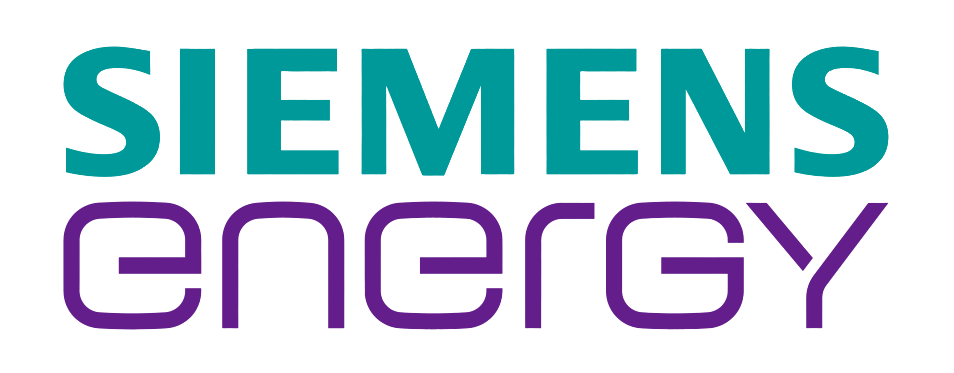The rules of global automotive manufacturing are being redrawn. With Trump’s proposed 10% universal tariff, and a jaw-dropping 125% on Chinese EVs, the question isn’t if disruption will strike, but how deep and far the aftershocks will travel.
Catch our executive conversation between Arvind Sawarkar, Senior Director, Mobility at FutureBridge, and Christopher Guerin, where they unpack what industry leaders must act on now.
What’s covered:
- Automakers risk a repeat of 2018’s $5.6B material cost spike—with higher geopolitical stakes
- OEMs are already rewiring supply chains; restructuring isn’t paused—it’s accelerating
- Tier-2 and Tier-3 suppliers face existential pressure; expect consolidations or collapse
- Reshoring is a myth for most—expect smart circumvention, CKD kits, and final assembly relocation
- “Just in time” is out. “Just in case” dominates with regional redundancy and inventory buffers
- India is emerging as a neutral sourcing node—low-cost, geopolitically agile
- Financial contracts now bake in tariff hedging, shared-risk models, and price pass-throughs
- Innovation pivots include modular vehicle platforms, 3D printed local parts, and digital twins
- Strategic foresight frameworks like the Shockwave Curve expose second- and third-order effects—delays in EV rollouts, IP erosion, talent drain
- By 2030, three scenarios dominate: fragmented globalism, selective re-globalization, or software supremacy
If your strategy doesn’t already account for geopolitical tremors and long-tail tariff shocks, this session is your playbook to recalibrate.
Access our comprehensive report
Need a thought partner?
Share your focus area or question to engage with our Analysts through the Business Objectives service.
Submit My Business ObjectiveOur Clients
Our long-standing clients include some of the worlds leading brands and forward-thinking corporations.
- © 2021 Cheers Interactive (India) Private Limited. All rights reserved. FutureBridge ® is a registered trademark of Cheers Interactive (India) Private Limited.




































